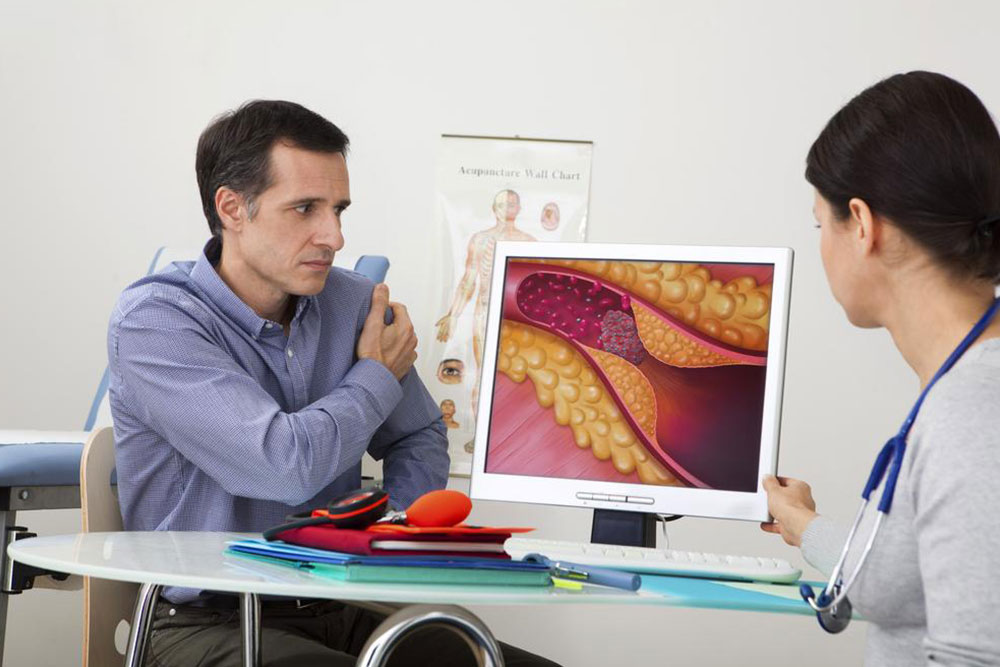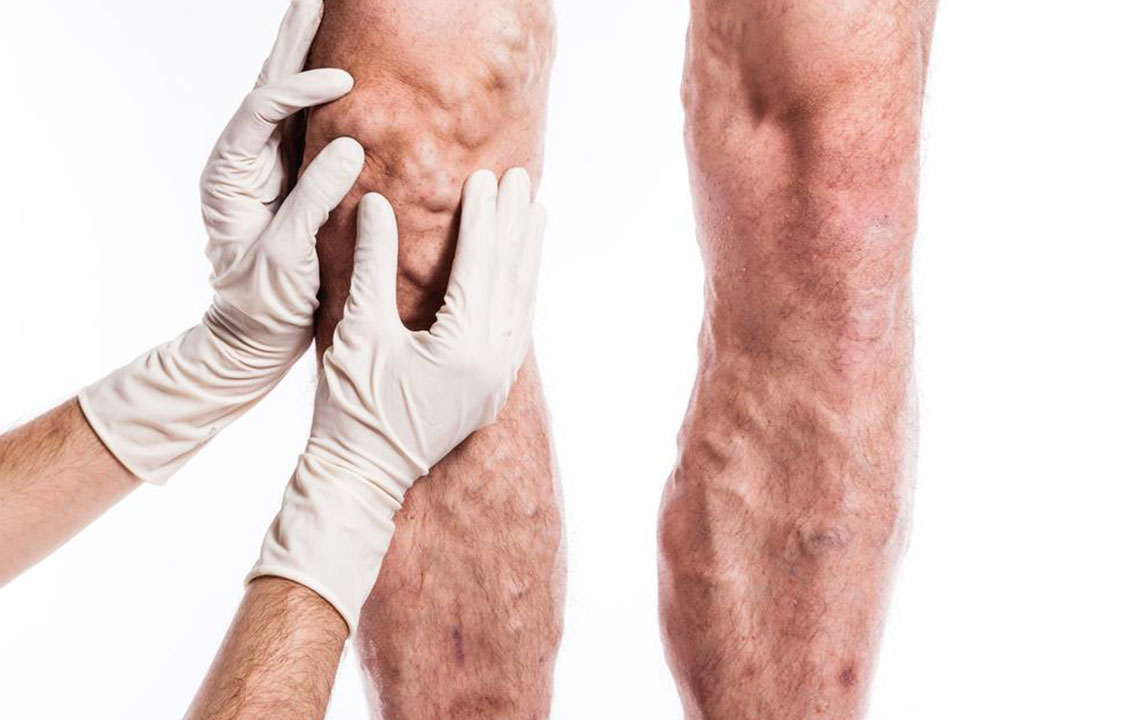Comprehensive Overview of Thrombosis Types
This article provides an in-depth look at the various types of thrombosis, including deep vein, Budd-Chiari, renal, cerebral, portal, jugular, and Paget-Schroetter disease. It explains their causes, symptoms, and treatments, highlighting the importance of early diagnosis and management of blood clots to prevent severe health complications.
Sponsored

Understanding Various Thrombosis Conditions
Thrombosis involves the formation of a blood clot within a blood vessel that blocks normal blood flow. It develops when the body creates clots to prevent bleeding after vessel injury, but can also occur without injury, leading to serious health risks as clots travel through the bloodstream. Thrombosis types are classified based on affected vessels, including veins and arteries. Below are key forms of thrombosis, their causes, and symptoms.
Deep Vein Thrombosis (DVT)
This occurs when a blood clot develops in deep veins, usually in the legs, such as the femoral veins. Contributing factors include slow blood flow, blood viscosity, and vessel wall health.
Budd-Chiari Syndrome
Affects hepatic veins or the inferior vena cava, leading to abdominal pain and hepatomegaly. Treatment options involve medication, surgery, or shunt procedures.
Renal Vein Thrombosis
Clots obstruct renal veins, impairing kidney drainage and potentially causing kidney damage.
Cerebral Venous Sinus Thrombosis (CVST)
A rare stroke form caused by clot blockage in brain venous sinuses, presenting symptoms like headaches, vision issues, weakness, and seizures. Diagnosed via MRI or CT scan.
Portal Vein Thrombosis
Involves clots in the portal vein that supplies blood from the gastrointestinal organs to the liver, leading to portal hypertension and increasing risks for conditions such as cirrhosis and pancreatitis.
Jugular Vein Thrombosis
Usually caused by infection or IV drug use, presenting as painful swelling in the neck, often difficult to diagnose due to variable location.
Paget-Schroetter Disease
Characterized by thrombosis in upper extremity veins like the axillary vein, often triggered by vigorous activity and typically seen in young, healthy individuals.






